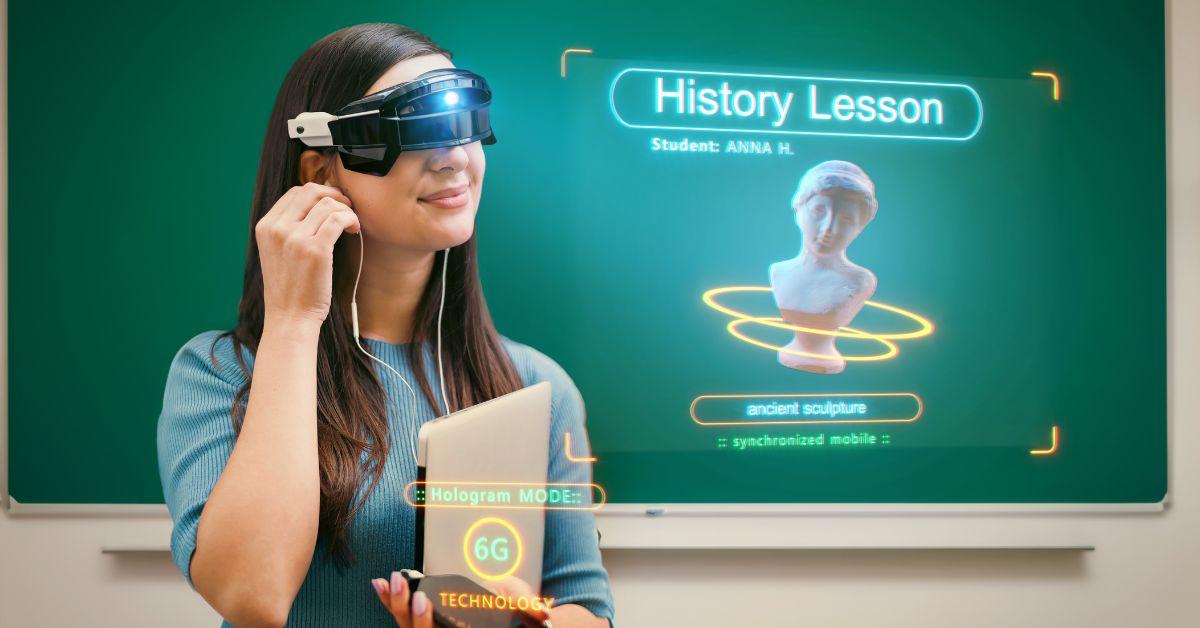Evaluating the Effectiveness of VR/AR in Education: Do Virtual and Augmented Reality Really enhance Learning?
As digital transformation accelerates within the education sector, new technologies like Virtual Reality (VR) and Augmented Reality (AR) are revolutionizing the way students learn. But is this just a passing trend, or do VR and AR genuinely enhance learning outcomes? In this comprehensive review, we’ll dive deep into the effectiveness of VR/AR in education, weighing the benefits, challenges, and real-world case studies. Whether you’re an educator, parent, or edtech enthusiast, this article will help you evaluate if immersive technologies are the right fit for your learning surroundings.
Understanding VR and AR in Education
Before evaluating their impact, let’s briefly distinguish between VR and AR in education:
- Virtual Reality (VR): Creates a fully immersive, computer-generated environment. Students interact with 3D content using headsets and, often, specialized controllers.
- Augmented Reality (AR): Overlays digital information—such as images, sounds, or text—onto the real-world environment, typically experienced via smartphones, tablets, or smart glasses.
Both VR and AR promise experiential learning that engages students more deeply than conventional classroom instruction, but do these technologies deliver on that promise?
how VR and AR Enhance Learning
Numerous studies and pilot programs worldwide have explored the effectiveness of VR/AR in education. Here’s what research and practice reveal about their value:
1. Improved Engagement and Motivation
- Immersive Experiences: Interactive simulations and 3D environments make learning more engaging, motivating students to explore and learn independently.
- According to a 2023 study by EDUCAUSE, classes utilizing VR/AR saw up to a 30% increase in student engagement compared to conventional methods.
2.Enhanced Retention and Understanding
- Active Learning: VR/AR enables students to interact with content, promoting deeper understanding through experiential learning.
- Visual and Kinesthetic Learning: These technologies cater especially well to visual and kinesthetic learners, helping abstract concepts come to life.
- Research from Stanford University demonstrates a significant boost (up to 20%) in knowledge retention when students learn with VR simulations versus passive lecture-based learning.
3. Real-World Request and Safe Experimentation
- Simulated Practice: VR allows medical, engineering, and science students to practice procedures and experiments in safe, risk-free environments.
- Cultural and Historical Immersion: AR/VR enables virtual field trips to distant places or historical eras, making education more tangible and accessible.
4. Personalized Learning Paths
- Adaptive Learning: VR/AR can track user performance and adapt activities to suit individual learning paces and styles, enhancing outcomes for diverse learners.
real-World Case Studies: VR/AR Success Stories in Education
The actual impact of immersive technologies comes to life in diverse educational settings. Here are a few case studies showcasing effective use of VR/AR in education:
-
Case Study 1: Medical Training with VR
Imperial College London uses VR simulations for surgical training, allowing students to practice procedures virtually before entering real operating rooms. Result: a marked reduction in errors and greater confidence among trainees.
-
Case Study 2: AR in K-12 Classrooms
California’s Arterra Elementary implemented AR apps to support science curriculums. Students could visualize the human body, chemical reactions, and solar systems in classroom space. Result: higher test scores and enthusiasm for STEM subjects.
-
Case Study 3: Virtual Field Trips
Google Expeditions allowed students at a Texas middle school to take virtual field trips to NASA and the Great Barrier Reef. Teachers noted increased curiosity, participation, and retention of knowledge.
Potential Challenges and Limitations
While the benefits of VR/AR in education are compelling, it’s important to acknowledge practical challenges:
- cost: VR/AR hardware and software can be expensive, with additional costs for technical support and updates.
- Access and Equity: Uneven access to technology can widen educational inequality, especially in under-resourced communities.
- Content Advancement: High-quality, curriculum-aligned VR/AR content is still limited for many subjects and languages.
- Teacher Training: Effective use of immersive tech requires training, and not all educators are ready or comfortable with these tools.
- Health Concerns: Extended use of VR headsets may cause discomfort or motion sickness in some users.
Tips for Effective Implementation of VR/AR in Education
For schools and educators considering integrating immersive technology, strategic planning is key. Here are actionable tips:
- Start Small: Pilot with a single subject or unit before scaling across classes or the curriculum.
- Choose Accessible Devices: consider cost-effective AR apps for tablets and smartphones to minimize upfront investment.
- Teacher Training: Invest in professional development to ensure educators feel confident integrating VR/AR.
- focus on Learning Goals: Use VR/AR to enhance—not replace—strong pedagogy. Tie immersive experiences to clear, measurable objectives.
- Monitor and Evaluate: Collect feedback from students and teachers, and measure learning outcomes to ensure effectiveness.
First-Hand Experience: Voices from Educators and Students
The feedback from real users offers valuable insights on the effectiveness of VR/AR in the classroom:
“After introducing VR chemistry labs, my students moved from passive observers to active experimenters. Engagement and test performance improved noticeably.”
— Mrs. Patel,High School Science Teacher
“wearing a headset to walk through ancient Rome was the coolest history lesson I ever had.it made me want to learn more!”
— Alex, 8th Grade Student
Conclusion: Do VR and AR really enhance Learning?
the evidence is clear: VR and AR hold immense potential to enhance education by making learning more immersive, interactive, and personalized. From science labs to history fields,immersive technologies are delivering measurable gains in engagement and retention.However, the true effectiveness of VR/AR in education depends on thoughtful implementation, careful integration with curriculum goals, and ensuring access for all learners.
As costs drop and content expands, expect virtual and augmented reality to play an even bigger role in classrooms worldwide. By harnessing their power responsibly and inclusively,educators can unlock new possibilities for learning—bridging the gap between knowledge and experience.
Ready to take your classroom into the future? explore VR/AR learning solutions today!

